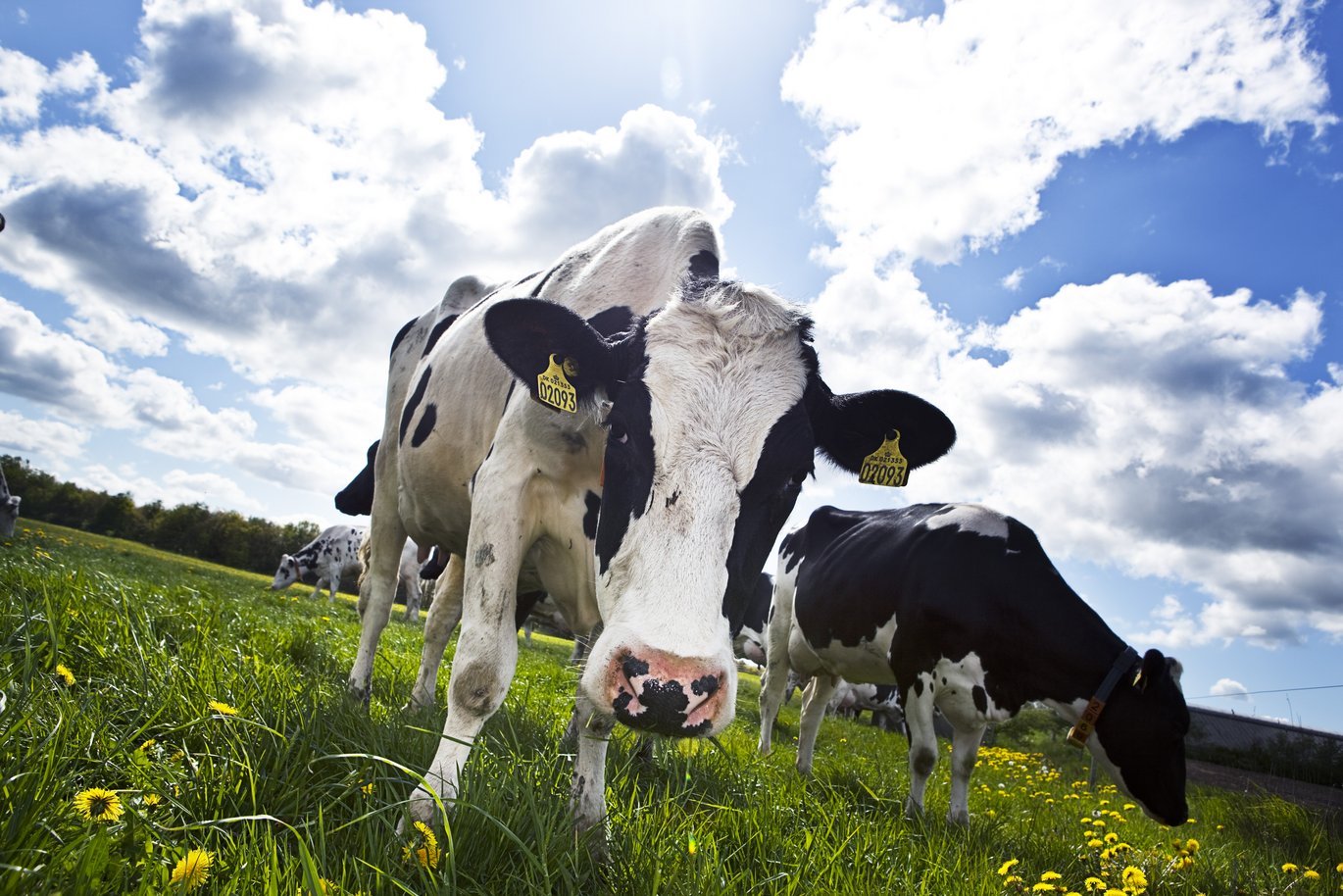Feed supplements to reduce disease and increase feed efficiency in dairy cows
Scientists at Aarhus University are working on developing feed supplements for dairy cows that reduce the incidence of feed-related diseases and result in better feed utilisation. This will result in savings for the industry.

Genetically, dairy cows have the potential to produce more milk than they currently do. In order to utilise this potential it is critical that cows consume energy-rich feed in the shape of feed supplements. However, the allocation of feed supplements is limited by the fact that they produce problems in rumen of the cows, leading to lower feed use efficiency, feed-related diseases, poorer welfare and higher nutrient discharges with knock-on effects on profits.
This is something that the scientists at Aarhus University wish to prevent, and therefore the project “Functional feed supplements for effective dairy cows” has been launched, which has the goal of developing feed supplements that reduce the occurrence of feed-related diseases and improve feed use efficiency, thus curtailing the loss of nutrients to the environment. The scientists have just received 6.6 million DKK for the project from the Green Development and Demonstration Programme under the Ministry of Food, Agriculture and Fisheries.
The physical structure of the feed has to be changed
The scientists attribute the acidosis problems in cows mainly to the physical structure of the feed rather than to the starch component of the ration.
- Earlier experiments have shown that the acidosis is localised to the bottom of the rumen and is due to the inability of the pelleted feed to float in the liquid layer of the rumen. This can result in damage to the rumen wall and influence feed use efficiency, explains senior scientist Peter Lund from Aarhus University.
Peter Lund heads the research project, which includes partners such as DLG, The Knowledge Centre for Agriculture, the Cattle Research Centre and Biomar. They will collaborate closely on utilising other physical shapes of feed supplements and thus avoid the negative impacts on the rumen environment and feed use efficiency.
- Possible alternatives could be lower-density pellets or liquid feeds. As an example, the fishing industry uses feed shapes that result in a low effective feed densities. This is a processing technique that potentially may also produce a healthier rumen environment in cows, even at higher feed supplement intakes, as the feed won't result in a local irritation of the rumen wall if it can stay afloat in the rumen liquid, says Peter Lund.
In the project, the scientists focused particularly on dairy productions using milking robots, as the use of robots to dispense feed supplements is crucial for the overall success of the production system. Differently-flavoured feed supplements will be tested and new feeding strategies will be produced in addition to generating new knowledge on the correct physical shapes of the supplements.
- If the issues with acidity in the rumen are solved and baits are used in milking robots, it should be possible to produce feed rations with a higher concentration of additives that are both gentle on the rumen and on the environment. It will also be possible to sustain a high energy content in both the basic feed and in feed supplements – for example in herds using milking robots. This can ensure a greater degree of flexibility in feed ration composition as you can adjust the feed ration to reflect the current price levels for milk, roughage and feed supplements, resulting in a greater financial stability for milk producers, says Peter Lund.
Significant economic benefits
The scientists expect that the project will lead to new feeding strategies with higher feed use efficiencies and milk yields.
- If this is implemented on 30 percent of the farms, it would produce an annual gain of approximately 32 million kroner, reveals Peter Lund.
The project runs until the end of 2016.
Further information: Senior Scientist Peter Lund, Department of Animal Science, telephone: +45 8715 8072, email: peter.lund@agrsci.dk
